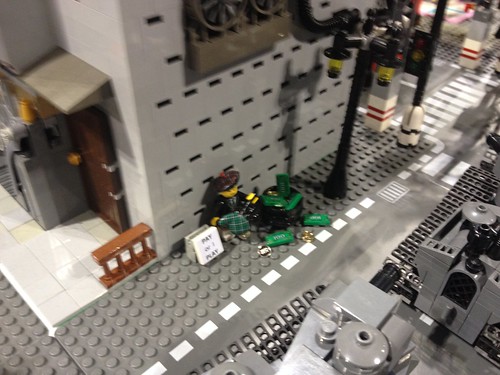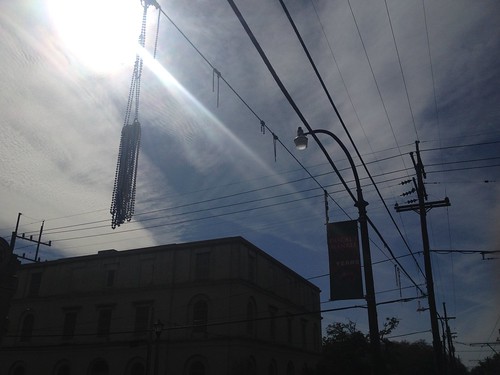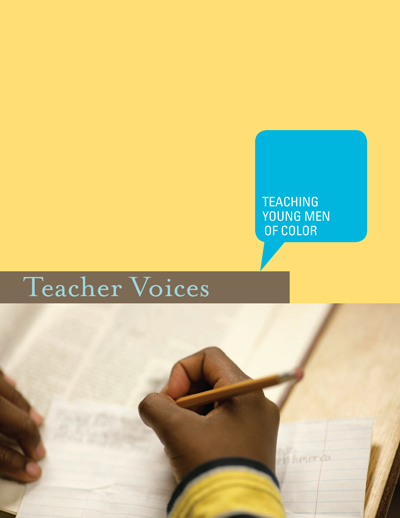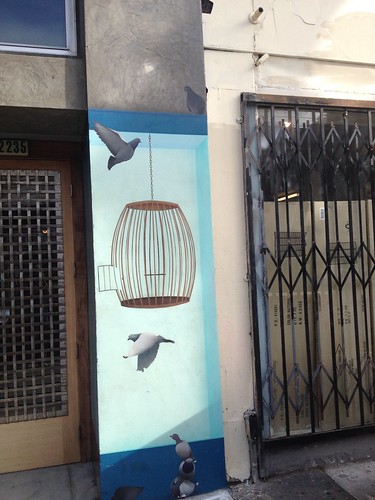Today, I published a blog post at DMLcentral that describes the reason this book exists. The original post and its comments can be accessed here. However, as a text that helps contextualize the need for Teaching in the Connected Learning Classroom in 2014, I am also pasting the post below.
Last week saw the release of Teaching in the Connected Learning Classroom, a free Connected Learning report I edited. I’m hoping you’ll spend some time reading it — it features a plethora of powerful contributions by members of the National Writing Project. When you riffle throughTeaching in the Connected Learning Classroom, what you’ll see is a series of narratives from educators from across the country sharing how they are already exemplifying connected learning principles in practice in schools.
As educators and researchers, we often talk about the possibilities of advances in learning sciences and pedagogy.
I think we need to move beyond the rhetoric of possibilities.
As you look through this report, please do so with a recognition not of what educators can do in classrooms but rather of what teachers today are doing in regards to connected learning. These are incredible examples of teachers already transforming school life from within. We, as the DML (digital media and learning) community, must begin to visualize how we support the more-than-possibilities of in-school connected learning.
Briefly, I want to describe how this book came together.
On Aspiring to Be More Than a Broken Record
Since the first DML conference, five years ago, I’ve felt like something of a broken record. Each year I ask:
- Where are the teachers?
- What about kids in schools?
- How are our conversations impacting the learning for kids during the hours of 8-3 Monday-Friday?
In Twitter backchannels, in presentations, and in conversations with attendees my questions haven’t changed over the past, formative years for Digital Media and Learning or in regards to connected learning.
It was with these constantly circulating questions around what connected learning means for classrooms and schools that I approached the work that ultimately turned into Teaching in the Connected Learning Classroom.
In observing the powerful examples of connected learning shared online and at DML conferences, I am often left with a sense that many may believe that connected learning is a phenomenon that happens outside of schools and that educational reform like the Common Core State Standards automatically impede any attempts at connected learning-like innovation in classrooms. This isn’t the case.
Working with five other co-editors of each chapter of this project — Danielle Filipiak, Bud Hunt, Clifford Lee, Nicole Mirra, and Cindy O’Donnell-Allen — I decided to organize the book around six key connected learning components:
- Interest-driven learning
- Peer-supported learning
- Academically-oriented teaching
- Production-centered classrooms
- Openly networked
- Shared purpose
Within each of these chapters, you’ll encounter three different teacher-authored vignettes that highlight ways educators are exemplifying principles of connected learning.
A Book of Theory-Building
This is not an instruction manual. My co-editors and the nearly thirty contributors to this project did not sit down to give educators step-by-step instructions on implementing connected learning principles in classrooms. Instead, I organized this book around these examples for two reasons:
- Demonstrate the work that’s already being done by teachers
- Invite a larger conversation around reshaping what we expect from schools in the U.S. on a daily basis.
Teachers in this book should be duly recognized as theoreticians. The examples here are a mere drop in the bucket in terms of work happening around the country. Instead of dictating a single way educators must demonstrate, for instance, peer-supported learning in classrooms, this project highlights the multitudinous ways classrooms can be transformed. I sincerely hope more teachers are emboldened to flex connected learning principles in their classrooms. And, I sincerely hope non-teachers seek out ways to collaborate and support these efforts.
Marching Orders
My advisor in graduate school, Ernest Morrell, always tells the high school students we work with not to let anyone leave a presentation without their “marching orders.” In other words, if the students had just shared their research findings at a national conference (as they did at DML in 2013), people in the audience need direct instructions on how to move forward and their role in doing so.
In the spirit of these students’ marching orders, I have a question for the non-teachers reading this: how will you support the powerful work and enthusiasm emanating from classrooms near you? (I hope you’ll share in the comments below.)
For the teachers reading this: How can you demand more from your students, your administrators, and your school’s community? How is your classroom reflecting the connected learning principles, as you understand them?
The National Writing Project — instrumental in making this project a reality — continues to highlight the power of leveraging the expertise of thousands of enthusiastic teachers from around the country. Think of what we can do as a DML community if we turn our collective knowledge onto the “problem” of public education. I want to thank the members of NWP who have helped push my thinking and the many of you who helped illuminate in-school connected learning as contributors, editors, and supporters of this report.
I hope you will read Teaching in the Connected Learning Classroom, obviously. But I hope that your reading isn’t a passive activity. I tell my pre-service teachers at Colorado State University, when they struggle with the theoretical readings in my classroom that they need to read harder. We cannot afford to disregard the needs of America’s posterity just because improving education is difficult. Our children are too important. I hope you will read Teaching in the Connected Learning Classroom as a step toward a transformational dialogue.






